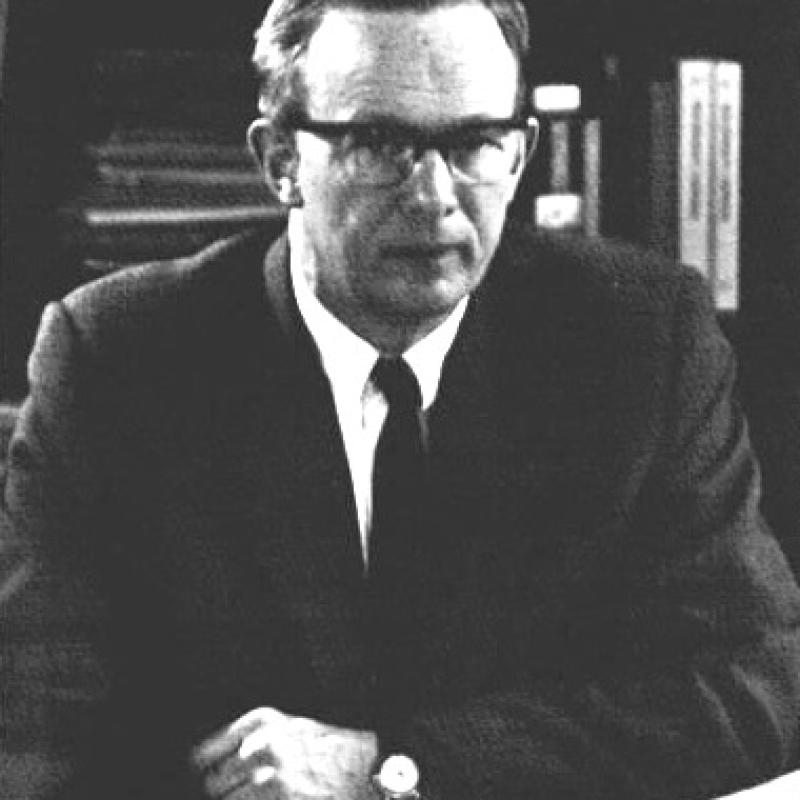Hendrik Christoffel van de Hulst

1978 Bruce Medalist
Date of Birth:
Date of Death:


Date of Birth:
Date of Death: